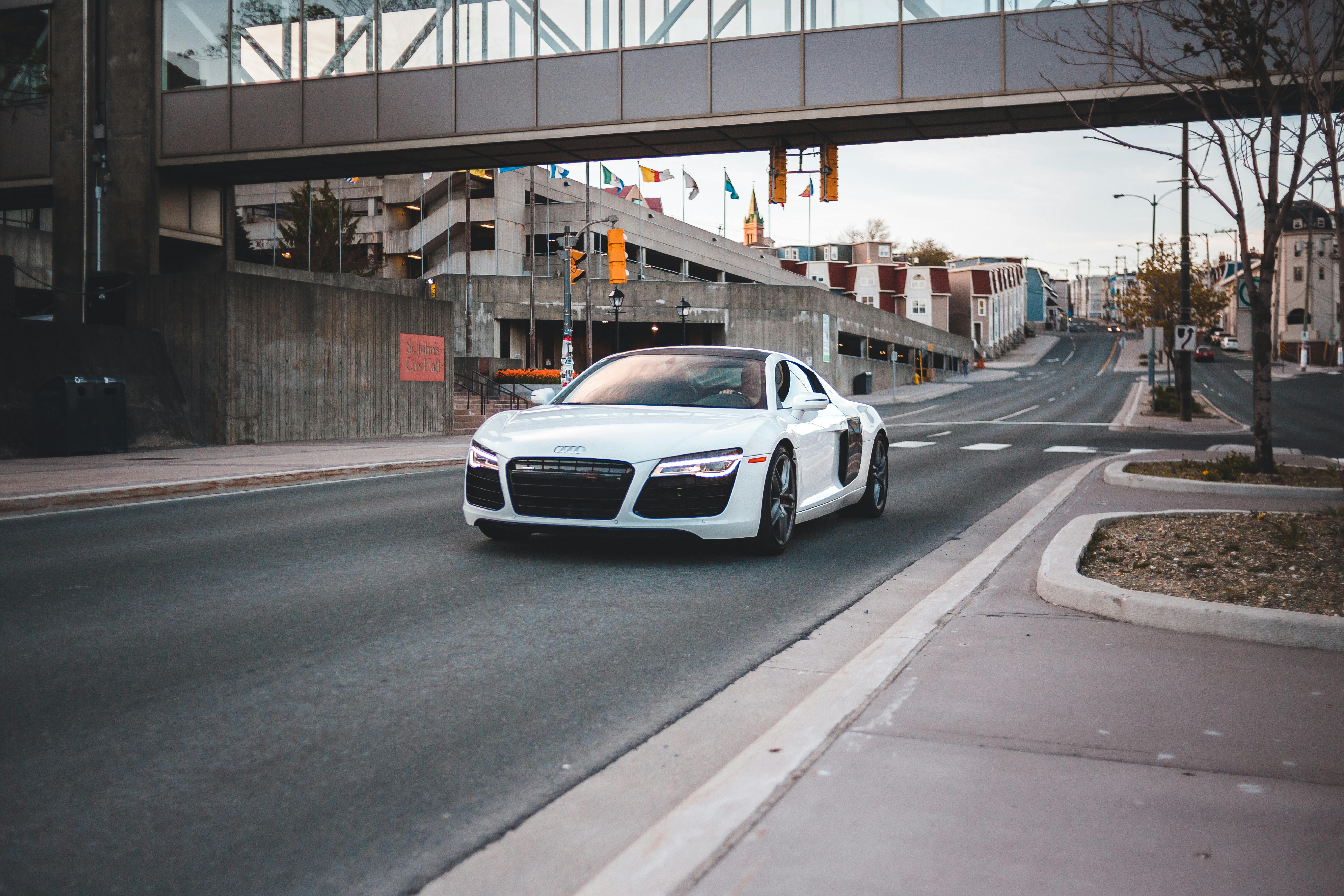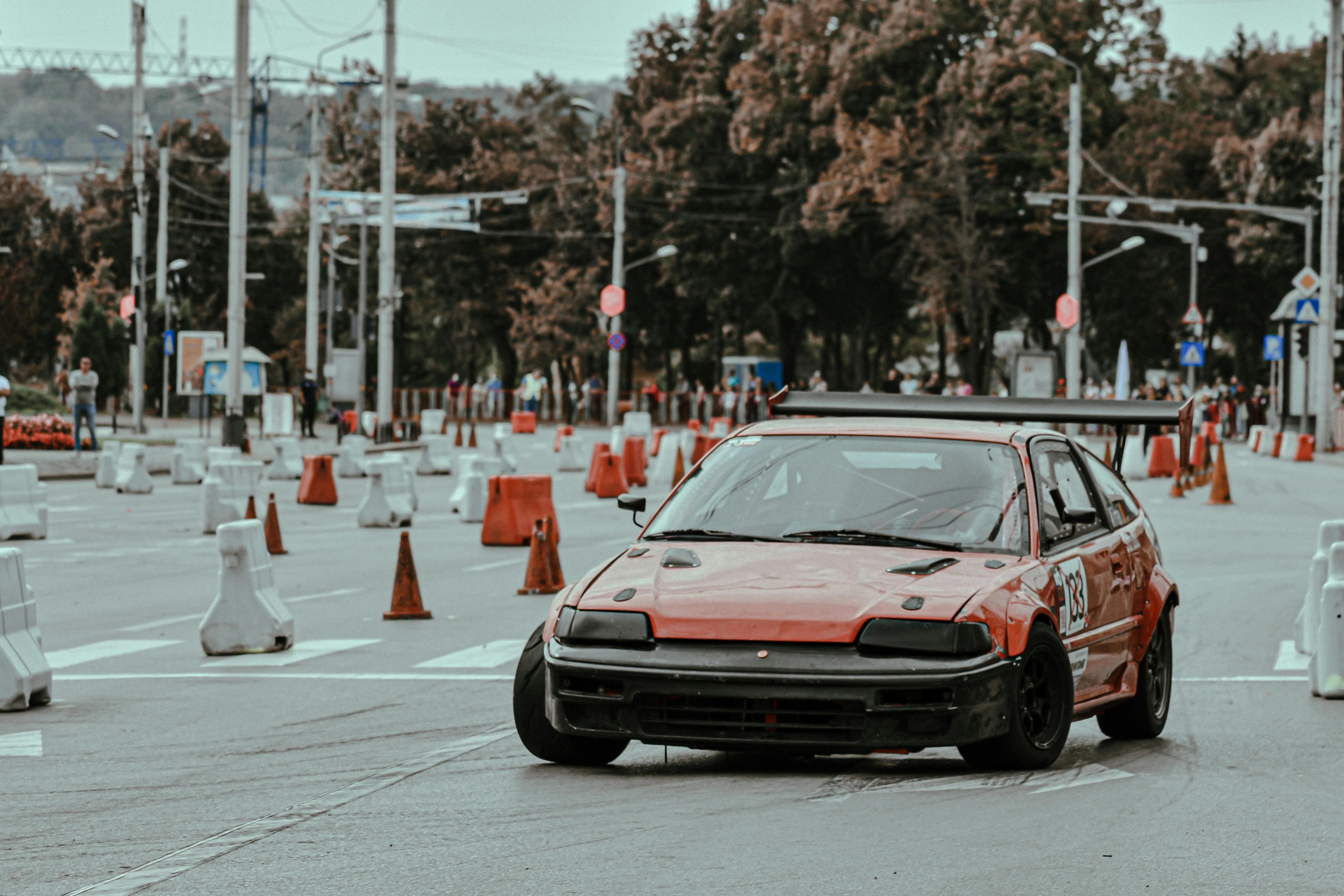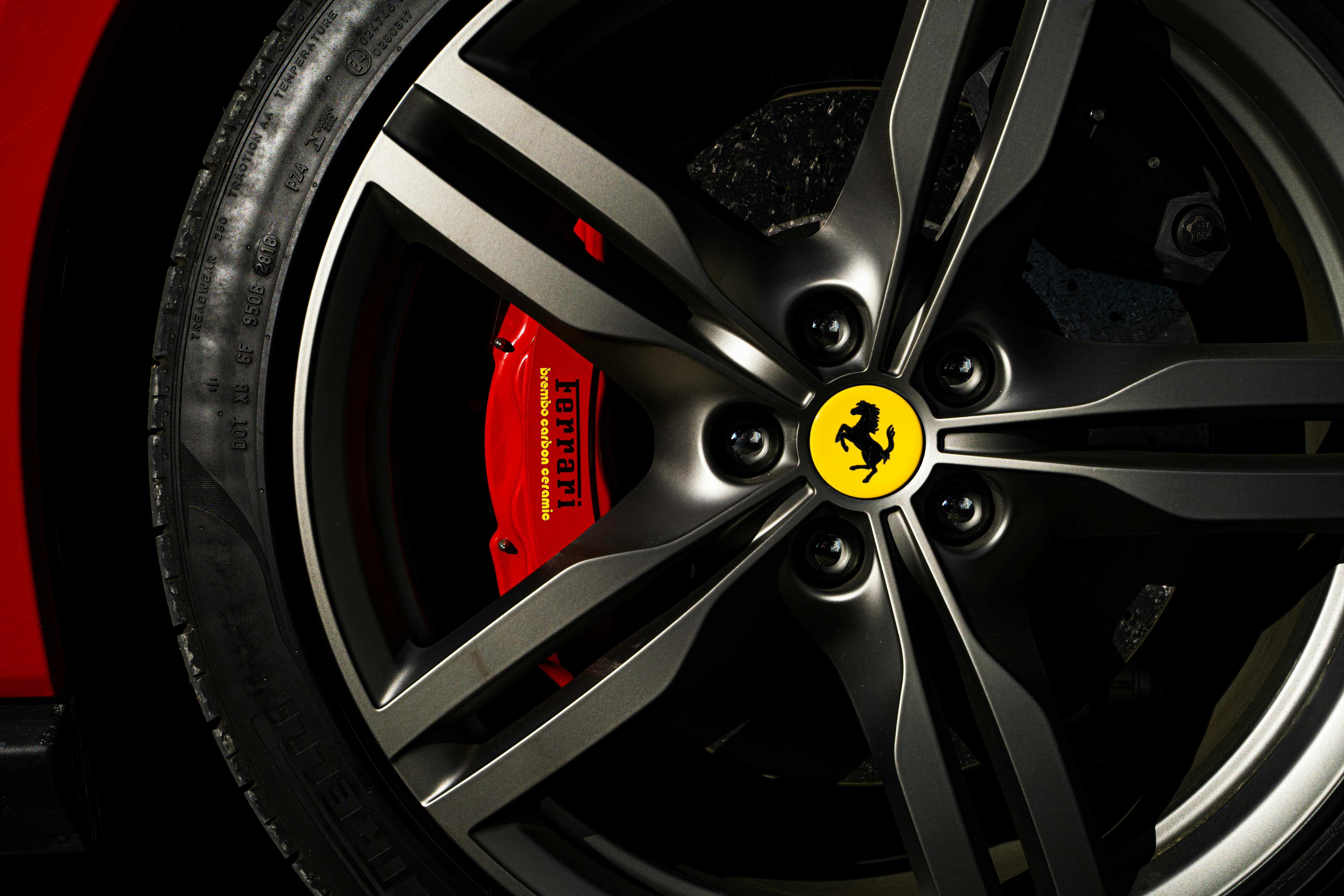Tractors are the workhorses of modern agriculture. These powerful and iconic machines, thanks to their legendary versatility, fill many roles on today’s farms, from plowing to planting, grading and mowing. But what makes them work? To find out, let’s take a look at some of the main components of today’s tractors.
Engine
The engine is the heart and soul of any tractor. When they were first invented, tractors used steam engines, which were notoriously unreliable, not to mention dangerous. However, since the 20th century, tractors have used internal combustion engines that run on a variety of fuels, from kerosene to ethanol to gasoline. Most modern tractors today run on diesel and biodiesel. These powerful engines typically range in size from 18 to 575 horsepower, giving them all the incredible power they need to tackle any job on today’s farms.
Transmission
Tractor service in the agricultural industry has increased dramatically over the last century thanks to its legendary strength and durability. Due to its simple yet rugged design, many older tractors that feature manual transmissions are still in use. Unfortunately, these older transmissions are generally not synchromesh, which means the tractor must stop before changing gear, which can be very inconvenient. Modern tractors, on the other hand, use synchromesh or continuously variable transmissions (CVT), which not only allow for better fuel efficiency, but also allow the CVT to shift through an unlimited number of effective gear ratios.
Wheels and Tracks
Today’s tractors do not always follow the classic design, with two large rear wheels and two smaller front wheels. Over time, different configurations have been developed to suit the environment in which they are used. For example, in places with wet or heavy soils, tractors generally use tracks (such as those found on a “Caterpillar” or tank) due to their superior traction. Other modern tractors feature four-wheel drive, either in the classic configuration (two big, two small) or with four big wheels.
hitches
Tractor engines generate a tremendous amount of energy, but to be useful, that energy must be harnessed. That’s where tractor hitches come in. They take the form of drawbars, deadbolts or three-point hitches and quick hitches that allow engine power to be transferred to implements that are normally trailed behind or to the side of the tractor, and can include attachments such as ploughs, seeders, cultivators. , lawnmowers and many others.



